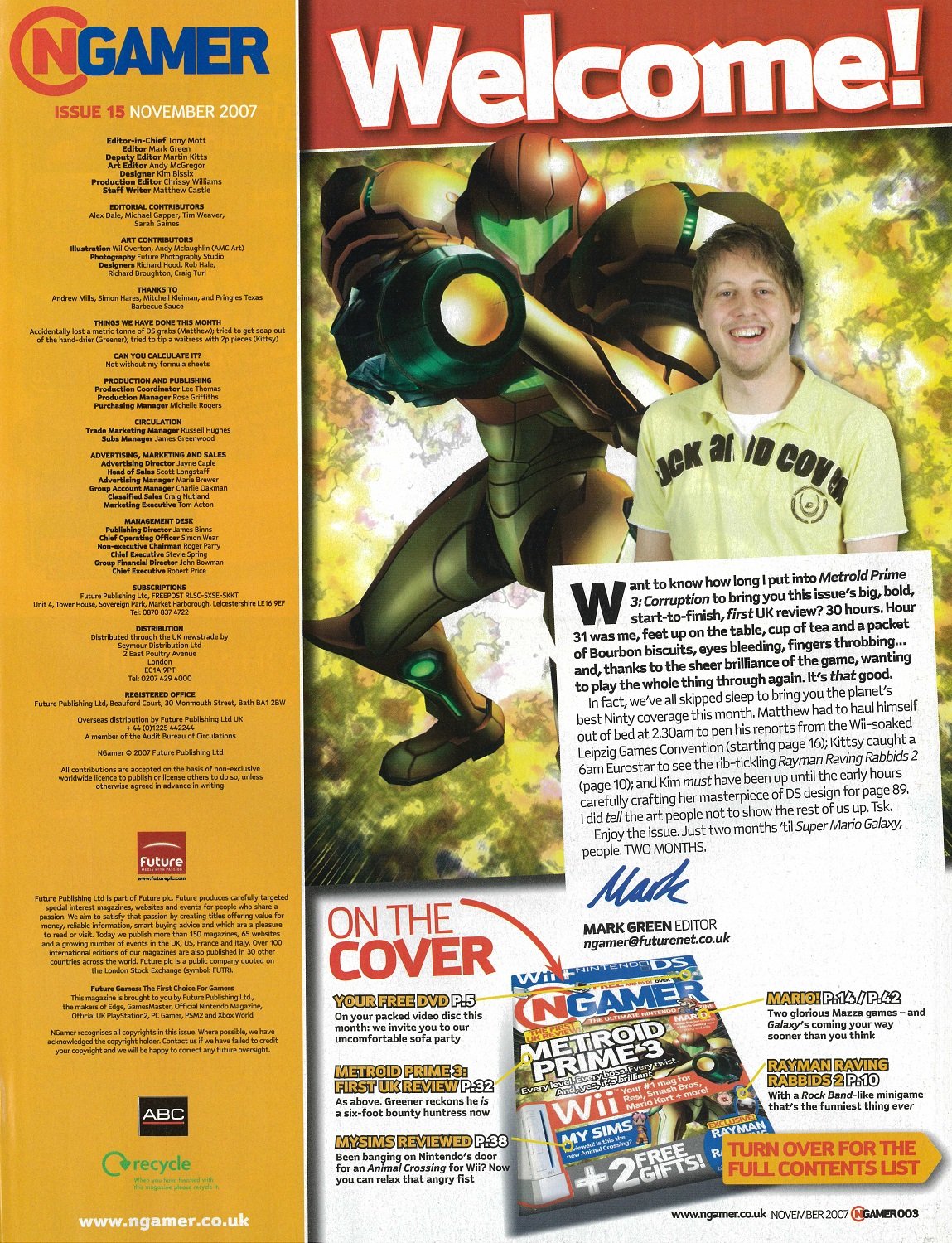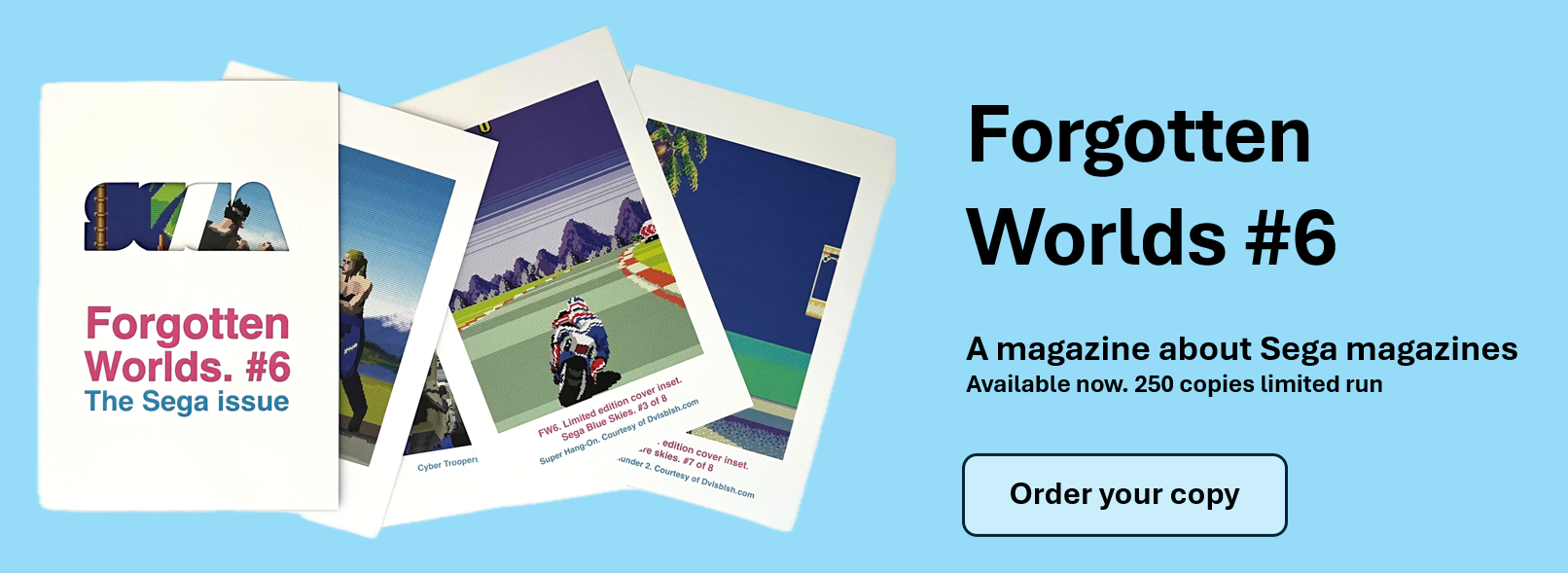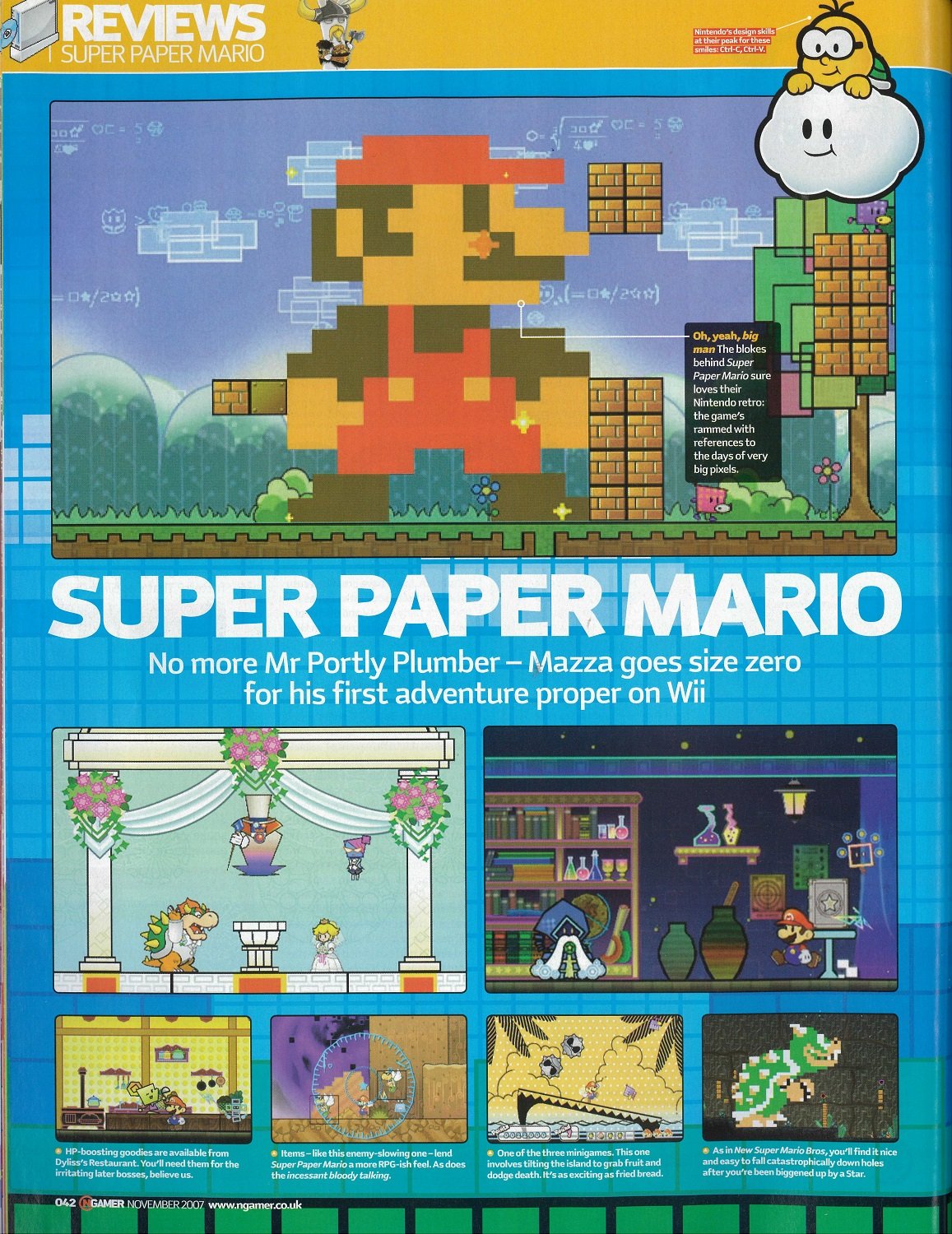NGamer Magazine
How social media and smartphones changed everything
I recently came across one of the old NGamer promo DVDs. Paper Mario is the main drawcard, with an extended preview included on the disc. This is supplemented with some mini reviews, promos and ads.
The associated magazine is dated mid 2007, which means we’re talking the Wii and DS at the height of their power. One of those high water marks for Nintendo that comes along every few generations.
And it’s that time stamp that ultimately caught my attention. Because 2007 is the year that everything changed. The moment smartphones and social media converged to revolutionise the way we communicate, share information, and build communities.
So I tracked down former editor Mark Green to get his take on the era, the promo DVD, and how the publishing industry responded to the arrival of Web 2.0 and social media.
The big bang
Social media is so ubiquitous in 2023 it's hard to imagine an online world without it. But the reality is our current digital landscape was fashioned during a three-year burst between 2005 and 2007. It looked something like this:
YouTube - 2005
Facebook - 2006
Twitter - 2006
iPhone - 2007
Mark Green took over the editor job at NGamer during this period. As he explains, “I think my story’s similar to a lot of my peers. I landed in games magazines mostly by luck and accident. I’d grown up *obsessed* with games magazines - Your Sinclair, Crash, CVG, ACE, Amiga Power, N64 Magazine - but hadn’t given a single thought to a career in games magazines. Then in mid-1998 I happened to see a job ad on the Future Publishing website for a Staff Writer on a new magazine, Arcade. Somehow I got the job (one of the interview questions was genuinely ‘What’s your fastest Mario Kart time?).”
“N64 Magazine poached me as a Staff Writer a few months later, and I gradually became Features Editor, then Deputy Editor. I left Future in 2002 to work at Nintendo’s European HQ in Germany, then left in 2004 to freelance for loads of different magazines. In 2006 I rejoined Future as Editor of NGamer [from issue #2].
Strange Days, indeed
Whatever his history, it didn’t prepare Mark for the arrival of the internet and the impact it would have on the traditional magazine business model.
“The online stuff was pretty much handled elsewhere at Future Towers. Someone somewhere had the job of uploading some of our articles and screenshots to the Future website. I remember there being some friction when they’d upload them *before we even published the magazine*, thereby ruining whatever magazine exclusive we’d carefully negotiated and planned.”
“By and large, the internet felt like a huge beast of a competitor, beating us to news, previews and reviews of just about everything.”
He wasn’t alone in that view. The turn of the millennium and the arrival of broadband internet saw plenty of magazine stalwarts struggling to compete with the new digital world, and justifying their existence. When CVG printed its last physical issue in 2004 and went online only it was apparent that magazines needed a hook to stay relevant.
All Nintendo, all everything
“I wanted to make NGamer a roundup of everything Nintendo,” says Mark about the magazine’s battle plan. “Filling it with quirky Nintendo fandom, doing lots of import previews and reviews (upholding the tradition of NGC/N64/Super Play). So rather than competing with the internet, we were hopefully catching you up on lots of internet things you might have missed. Like, er, someone drawing a NES on an Etch-A-Sketch. You know, the important stuff.”
The DVD promo was another aspect of that plan. Unlike the demo discs that had been attached to magazine covers since the days of the Amiga and Atari ST, the NGamer discs were non-interactive videos. The sort of thing you might find on YouTube these days. Except YouTube didn’t really exist at that point so this was the only way to see Wii and DS games running from the comfort of your own home.
A great idea. But from all accounts it was a nightmare to produce. “They were hard work to be honest,” says Mark. “We had to dream up the things we filmed, plus source the trailers and record game footage. And it was all on us to make time for it all - we had to squeeze it in between making the actual magazine.”
“At the time I wasn’t a big fan of the DVDs, because our readers couldn’t actually play the DVD on the Wii. So I didn’t think they had much value for readers… I kept campaigning to get rid of them and replace them with a gift - I thought it was much more Nintendo-y to give away stickers, transfers, that sort of thing.”
The Wii
Whatever was happening in the broader media landscape, the Wii and DS were going gangbusters, and this helped to insulate the magazine from changing media trends as Broadband internet went mainstream and YouTube numbers went vertical.
“I remember being very excited about the Wii - it felt like every developer and game was trying something new with the Wii Remote. But I don’t think anyone predicted how the Wii in particular would explode into the mainstream. I remember writing the Ed’s intro for the October 2007 issue, trying to convey in 3 tiny paragraphs the scale of the news that Wii had just rocketed to become the world’s best-selling console.”
And let’s not forget the DS. “We tried to treat Wii and DS equally but I had a sense that handheld users were less likely to buy a specialist magazine like ours, so Wii was always at the front of my mind when it came to what to cover in NGamer. I loved DS though - the sheer variety of DS games was astonishing.”
“I think the main thing was that we wanted NGamer to capture and bottle that special brand of Nintendo magic. So we were for anyone who got excited seeing a real-world church that looked a bit like the Temple of Time in Zelda, or someone playing a flute-and-beatbox version of the Mario theme. We just wanted anyone who loved Nintendo to feel they had a similarly fanatical (and hopefully funny) friend in our magazine.”
The End
Mark left NGamer after a three year stint. As he explains, “I left NGamer after issue 19 in 2008, and I was pretty burnt out. I moved away from Bath not long after, and there was a year or so where I think I barely touched a games console. By 2011 I was back doing occasional freelance for Nintendo Gamer, Edge and others, but all my full-time jobs were outside the games industry.”
Does he miss working in print? “I don’t miss angry calls from publishers because we scored something 84% instead of 90%, or having to negotiate for game access and exclusives (which I’m way too introverted and anxious to be any good at).”
“I don’t miss the deadlines. Most magazines seemed to work late to meet their print deadline, and I wanted us to get issues out without crashing our evenings. But to achieve that I think I overplanned the issues too much, which probably sucked some of the joy out of everything. I didn’t really learn how to be a non-annoying manager and team leader until much later, so I’m super grateful to my team for putting up with me for 2 years.”
“Even today, I have to pinch myself that I got to be a games magazine editor at all, let alone on a mag that continued the lineage of NGC, N64 and Super Play.”
As for those DVDs that served as a totem for the changing media landscape. Mark might just have changed his mind in that regard.
“I checked out some of the footage on YouTube today with fresh eyes, and what the hell was I thinking? The DVDs are brilliant! I’m amazed how much we did - reviews, Virtual Console, features... how did we find the time?!”
Indeed. Maybe we’re all getting older and a little slower, but it seemed like there was more time in the day pre-social media.
….







